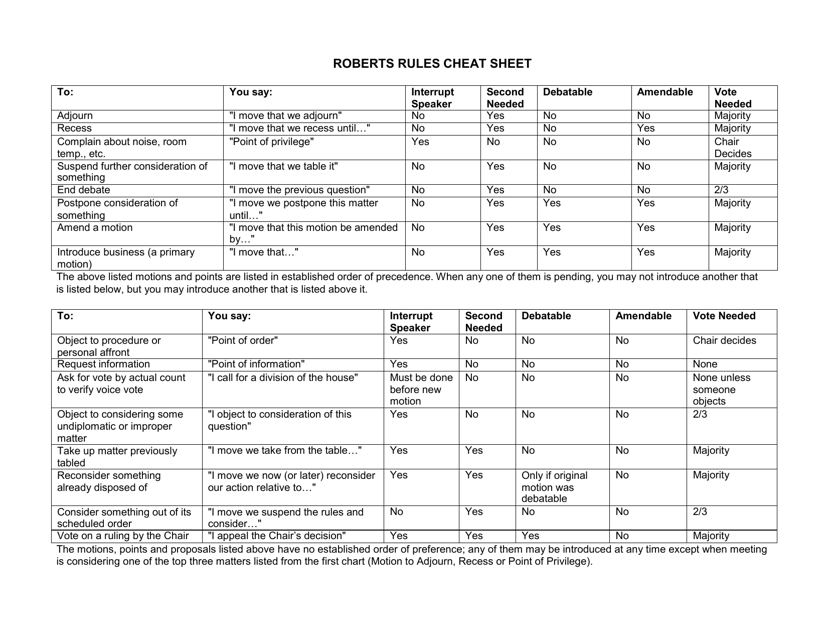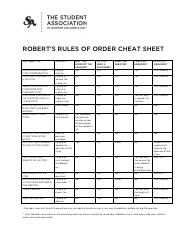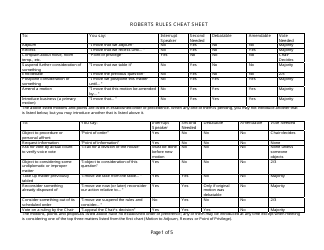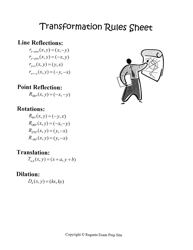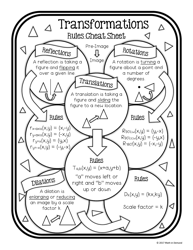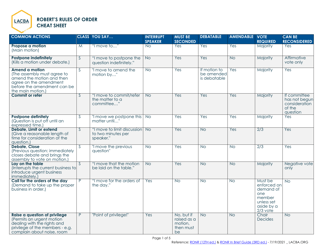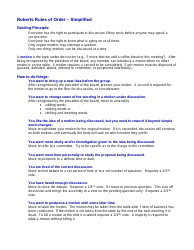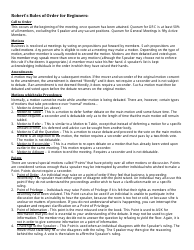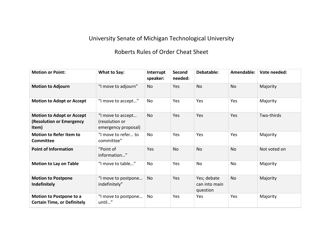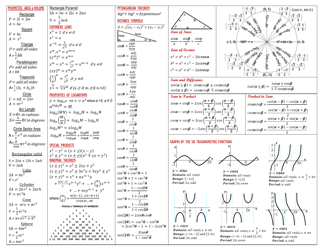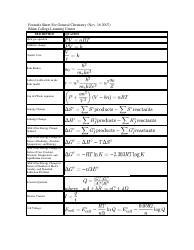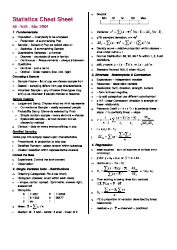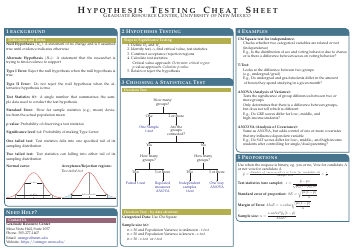Roberts Rules Cheat Sheet - Norco College
The Roberts Rules Cheat Sheet at Norco College is likely a condensed and simplified version of Robert's Rules of Order, which is a widely-used guidebook for conducting meetings and decision-making in organizations. It is designed to provide a quick reference for understanding and applying the rules during meetings at Norco College.
FAQ
Q: What are Robert's Rules?
A: Robert's Rules of Order is a set of parliamentary procedures that are commonly used to govern meetings and decision-making processes.
Q: Why are Robert's Rules important?
A: Robert's Rules help ensure fairness, order, and efficiency in meetings, allowing participants to contribute and make decisions effectively.
Q: What is a quorum?
A: A quorum is the minimum number of members required to be present at a meeting to conduct business.
Q: What is a motion?
A: A motion is a proposal made by a member of a group to take a specific action or make a decision.
Q: How do you make a motion?
A: To make a motion, a member must be recognized by the chair, state the motion clearly, and wait for a second from another member.
Q: What is an amendment?
A: An amendment is a proposed change to a motion that is currently being considered.
Q: How do you call for a point of order?
A: To call for a point of order, a member must immediately interrupt the speaker and state the point of order, which is typically a violation of the rules.
Q: What is a vote of no confidence?
A: A vote of no confidence is a formal motion to express the lack of confidence in a person or group's ability to perform their duties effectively.
Q: What happens if a motion is tabled?
A: If a motion is tabled, it is set aside and not acted upon immediately, but can be taken up for consideration at a later time.
Q: Can the chair vote in Robert's Rules?
A: Yes, the chair may vote on all questions, except when their vote would affect the outcome.
